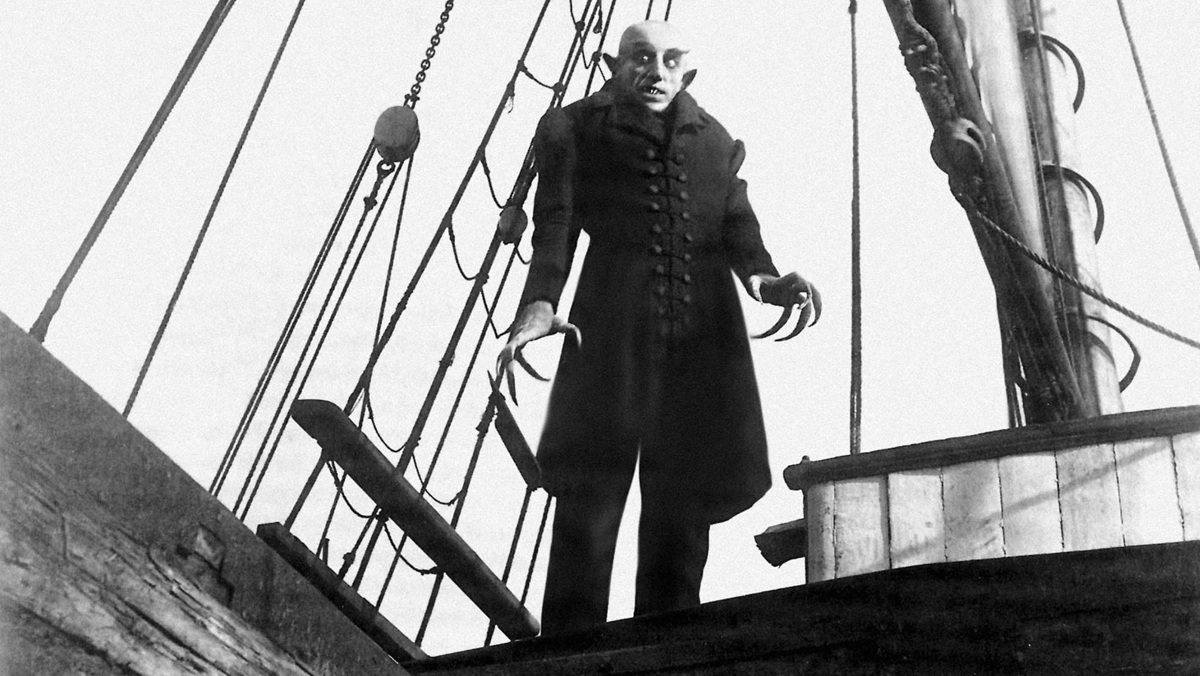
Horror movies have been around almost since the beginning of film in the late 1800s, but the horror genre really took shape in the 1920s. Over the years, it’s constantly evolved, and each decade has had one truly iconic villain that defines the scary movies of that time. Here’s a look at the most memorable horror villains from each of the last 100 years, starting with the 1920s.
The 1920s – Nosferatu (Max Shreck)
While the most famous horror monsters wouldn’t appear until the 1930s, the 1920s marked the beginning of horror films. This decade introduced early villains like the Phantom of the Opera and the Hunchback of Notre Dame to the big screen. However, Max Schreck’s performance as Count Orlok in the 1922 German Expressionist film *Nosferatu* remains the most iconic and terrifying. Even today, this unforgettable vampire is considered the true starting point for horror, vampire, and supernatural monster movies. Despite being banned when it was first released, Orlok is now recognized as the most memorable villain from 1920s horror.
The 1930s – Dracula (Bela Lugosi)
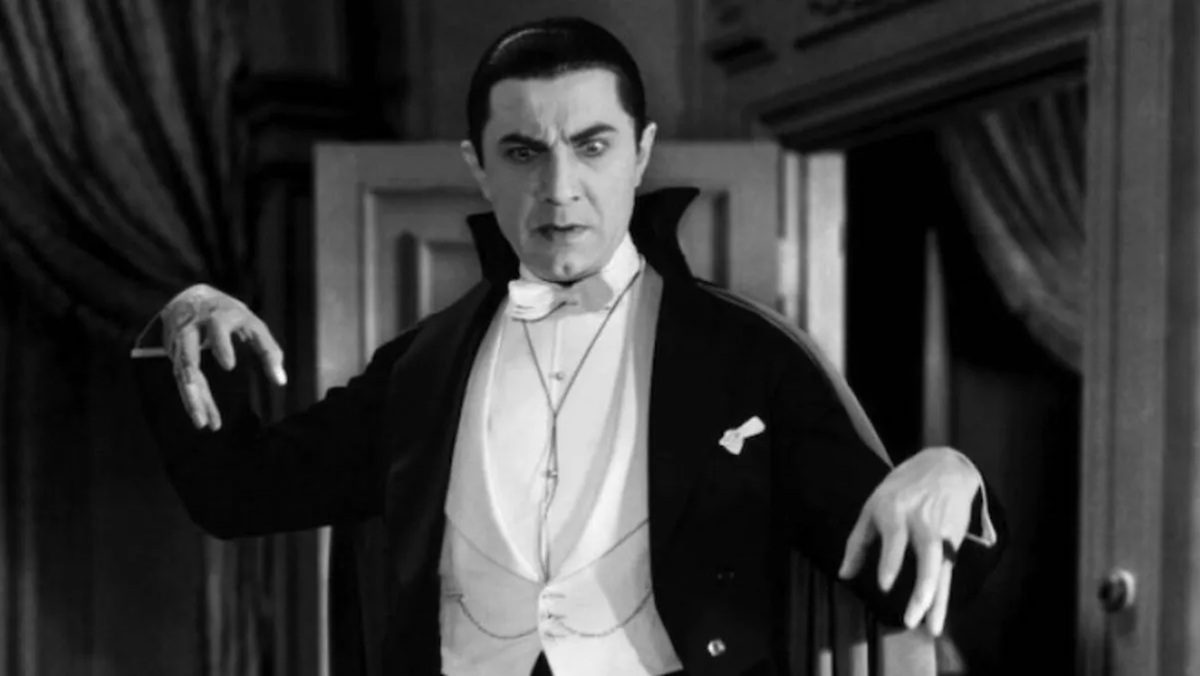
We almost chose Boris Karloff as Frankenstein for this spot. If we were ranking the greatest monsters, we would have! But Frankenstein is more of a tragic figure than a true villain. Bela Lugosi’s Dracula, however, *is* the villain. He’s determined to drain all the blood from London and turn every woman into one of his vampire brides – that’s pure evil in our book. His 1931 film, directed by Tod Browning, launched the era of Universal Monsters and shaped American horror films as we know them. Though he only appeared in that one film during the decade, he remains the ultimate horror villain.
The 1940s – The Wolf Man (Lon Chaney Jr.)
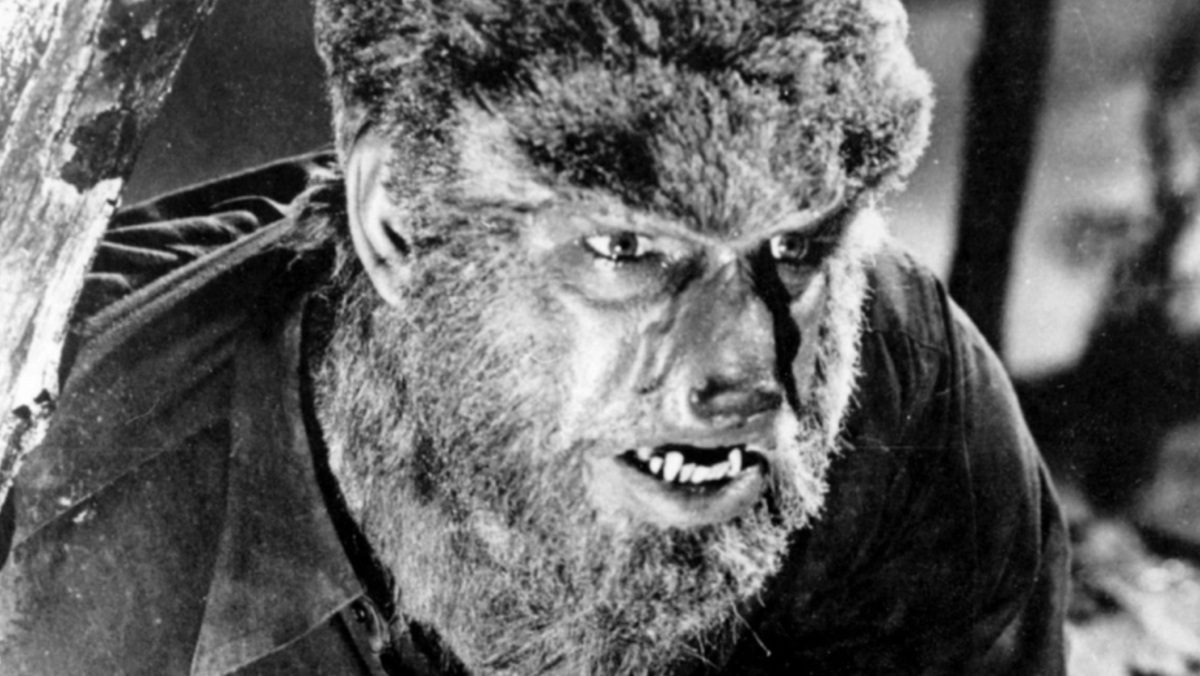
Like the story of Frankenstein’s monster, the Wolf Man is often seen as a tragic figure. However, while actor Lon Chaney Jr., who played Lyle Talbot, wasn’t a villain himself, the monstrous wolf within him certainly was – relentlessly attacking people. For the purposes of this list, we’re considering the wolf side of his character as the villain. The Wolf Man was a dominant force in horror films throughout World War II and the following years, appearing in four more movies by 1948. During the 1940s, a time of swing music and Frank Sinatra, no horror villain captivated audiences quite like the Wolf Man.
The 1950s – Rhoda Penmark (Patty McCormack)
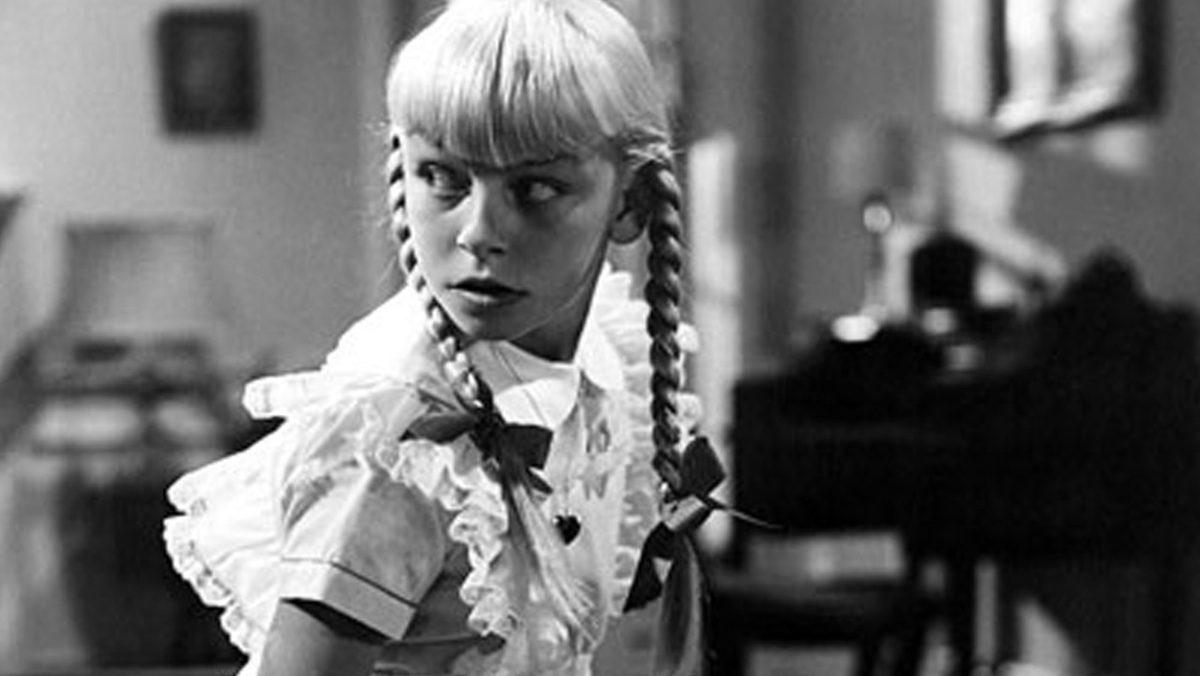
The 1950s marked a shift in horror films. While American audiences were captivated by aliens and monsters born from the atomic age, and Japan unleashed giant creatures like Godzilla, these beings weren’t typically portrayed as purely evil. The same held true for films like *Creature from the Black Lagoon*. However, a genuinely wicked villain appeared during this era: Patty McCormack as Rhoda Penmark in *The Bad Seed*. This seemingly innocent child, born with a murderous instinct, was groundbreaking for its time, suggesting that even in the idyllic, picture-perfect 1950s, danger could lurk behind any friendly face – even a sweet child who might harm you for something trivial.
The 1960s – Norman Bates (Anthony Perkins)
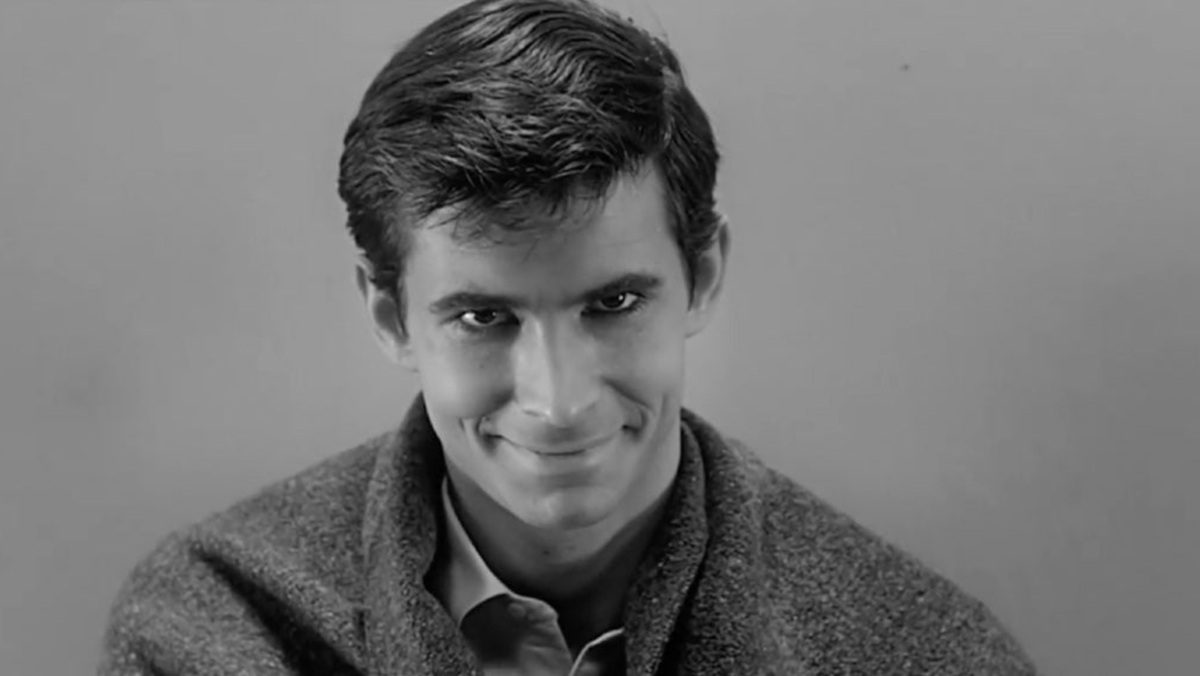
The horror genre as we recognize it today really took off in 1960 with Alfred Hitchcock’s classic film, *Psycho*. Unlike the monsters of earlier horror films, Norman Bates, inspired by the real-life killer Ed Gein, seemed like an ordinary person – a neighbor, someone you might not suspect. He wasn’t a fantastical creature, but a disturbingly human villain, hiding in plain sight. While Norman Bates was brilliantly portrayed by Anthony Perkins, it was his ‘mother’ who committed the horrific acts. Just as *Frankenstein* defined horror for a previous generation, *Psycho* redefined it for a new one. The 1960s were a time of social and cultural upheaval, when the idea of the “American Dream” began to fall apart. And Norman Bates perfectly embodied this sense of something broken beneath the surface.
The 1970s – Michael Myers (Nick Castle)
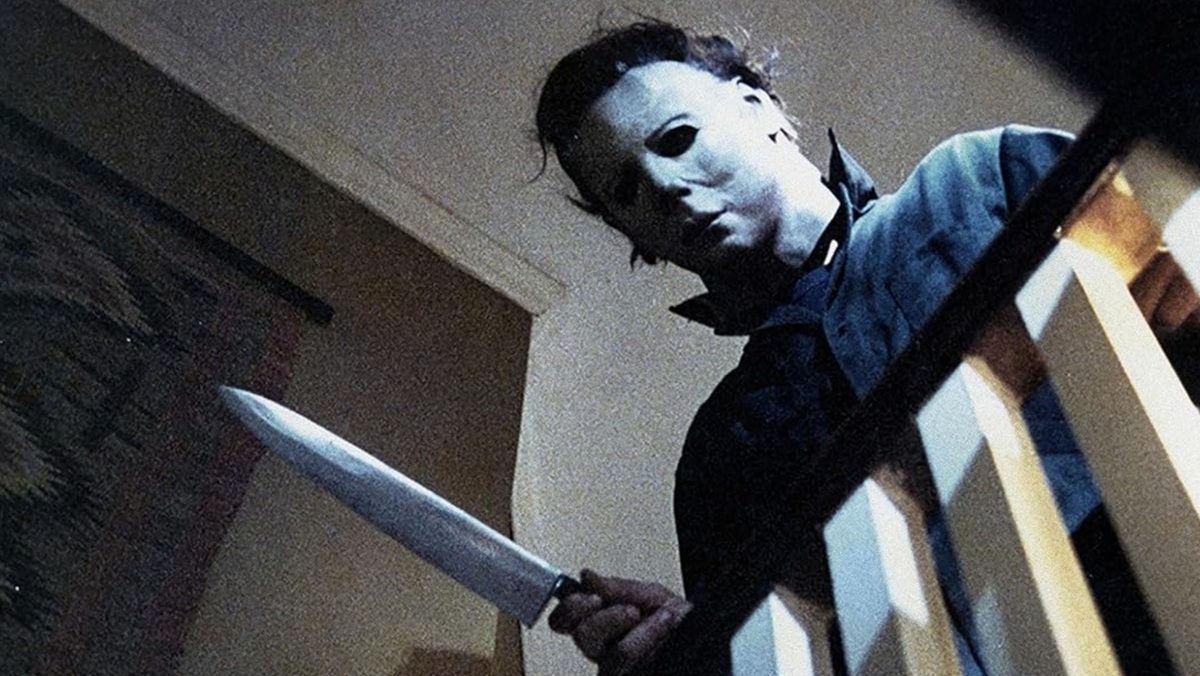
While villains like Pazuzu from *The Exorcist* and Leatherface are certainly frightening, Michael Myers from John Carpenter’s *Halloween* truly captured the anxieties of the 1970s. As suburbs expanded across America, Michael brought horror directly into people’s homes, both in the movie and in a broader sense. He represented the fear that real evil wasn’t coming from outside forces, but could be lurking within seemingly safe, ordinary communities. Though *Halloween* was released late in the decade, in 1978, it felt like the entire ‘70s had been leading up to the arrival of Michael Myers.
The 1980s – Freddy Krueger (Robert Englund)

While Jason Voorhees appeared in more films during the 1980s, Freddy Krueger arguably left a bigger mark on popular culture. In fact, President Ronald Reagan even referenced *A Nightmare on Elm Street* in a speech! Like Michael Myers, Freddy captured the anxieties of the time – the idea that real horror could be lurking right in everyday American neighborhoods. But Freddy stood out from other silent killers like Michael and Jason. He was talkative, flamboyant, and visually striking – much like the 80s themselves. Though other slasher villains have remained popular, Freddy’s widespread appeal peaked and faded with the decade, making him a true symbol of the 1980s.
The 1990s – Candyman (Tony Todd)
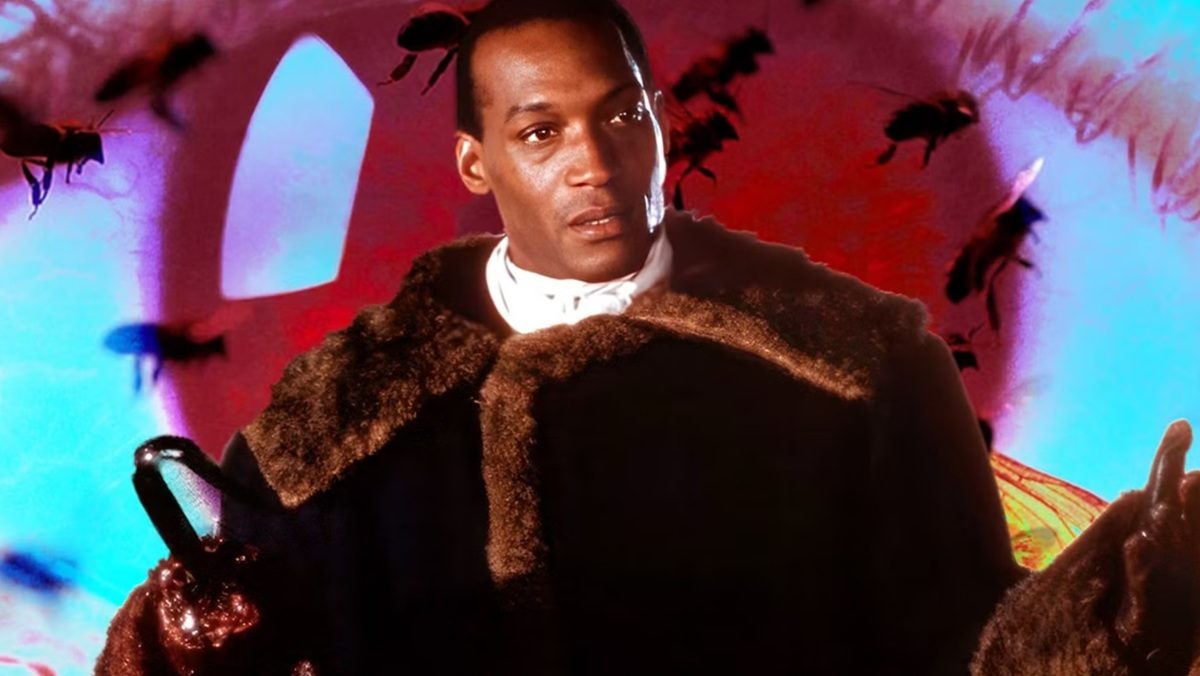
While Ghostface from *Scream* is a defining horror figure of the ’90s, the fact that multiple people have taken on the role makes it hard to consider Ghostface as one single villain. That’s why we’ve chosen Tony Todd as Candyman to represent the decade. Candyman, also known as Daniel Robitaille, was a terrifying urban legend – a spectral killer summoned by saying his name five times. But he was more than just a scary story. Appearing in three films during the ’90s – with the first being truly exceptional – Candyman became a powerful symbol of America’s history of racism and the mistreatment of African Americans, especially during a time marked by events like the Rodney King case and the L.A. riots. Ultimately, we believe Candyman best embodies the horror of the ’90s.
The 2000s – Jigsaw (Tobin Bell)
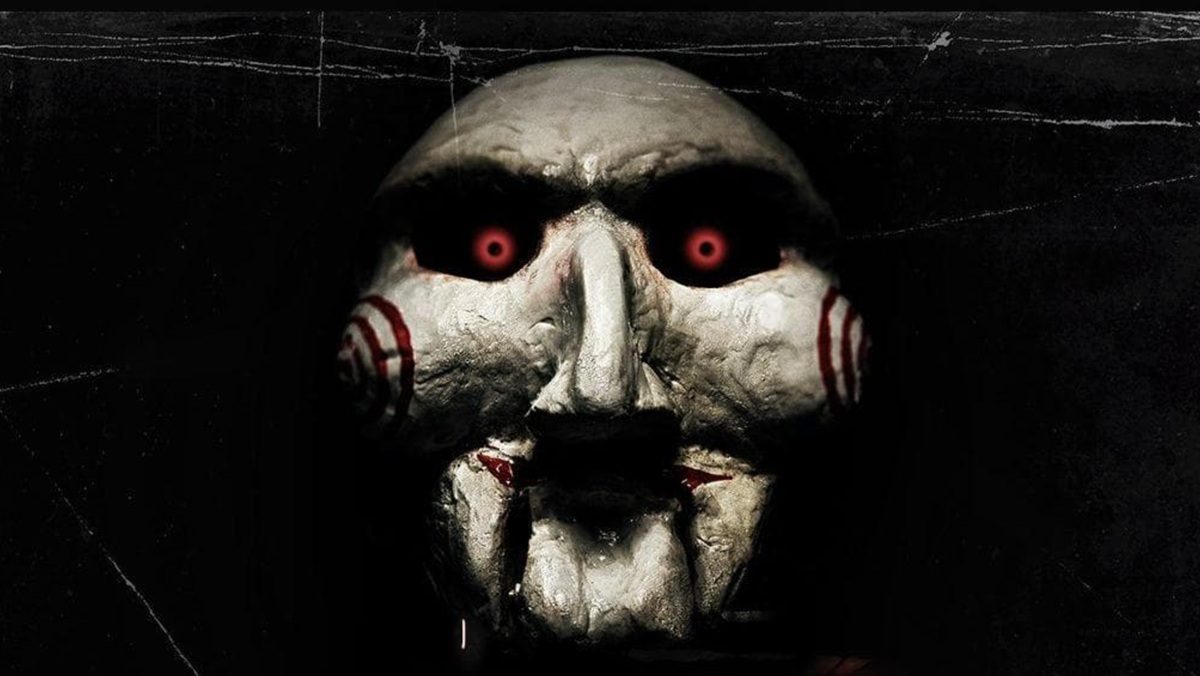
In the 2000s, no horror series was more successful than *Saw*. Created by James Wan, the series’ central figure – Jigsaw, also known as John Kramer and embodied by the puppet Billy – became iconic. Beyond the sheer number of *Saw* films released, the franchise popularized the subgenre known as “torture porn,” inspiring many similar movies. Interestingly, Jigsaw’s cruel traps and games emerged at a time when real images of torture from the Iraq War were becoming widely available online. Some believe Jigsaw mirrored and reflected society’s fascination with these disturbing images, prompting viewers to question why they found such content compelling. While the series continues with an eleventh film planned, the first decade of the 2000s truly belonged to Jigsaw.
The 2010s – Annabelle
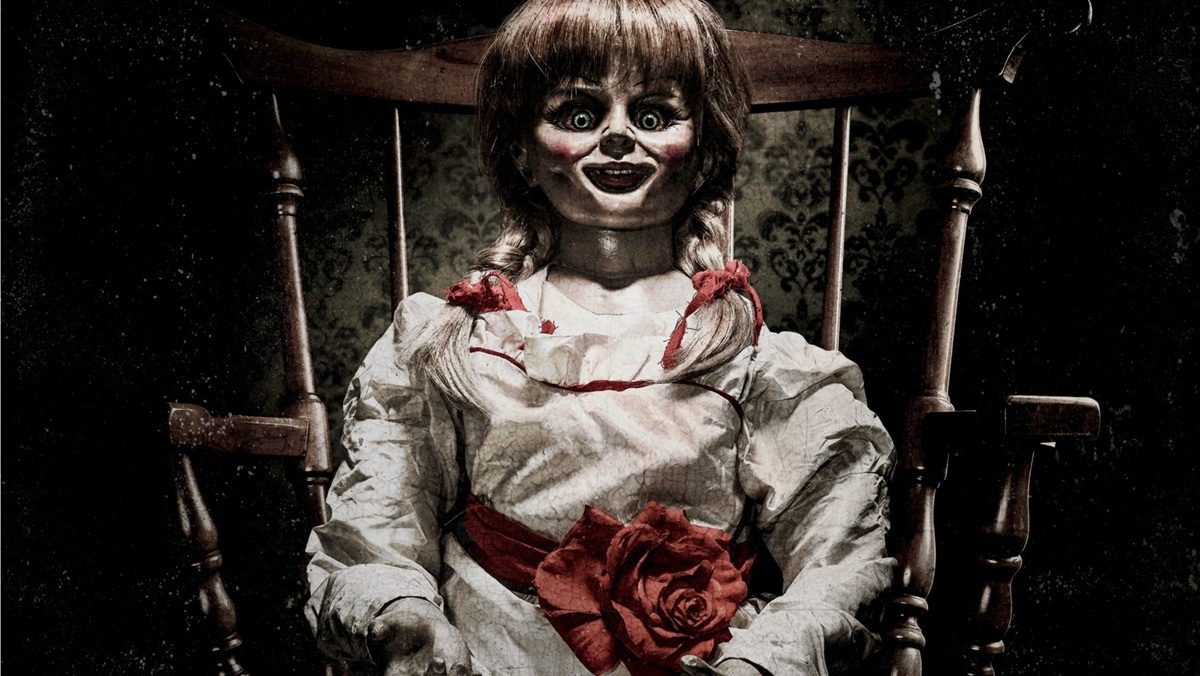
Horror films changed in the 2010s, moving away from graphic violence and towards stories about ghosts and the supernatural. The most successful series of this shift was *The Conjuring*, which followed the investigations of Ed and Lorraine Warren, a couple who researched paranormal activity. The first *Conjuring* movie famously introduced the terrifying doll Annabelle, immediately establishing the franchise’s spooky atmosphere. Annabelle appeared in every *Conjuring* film after that and even starred in three movies of her own – quite a feat for a doll that mostly just sits there! She became the most featured villain in 2010s horror and represented a broader return to supernatural themes in the genre.
The 2020s – Art the Clown (David Howard Thornton)
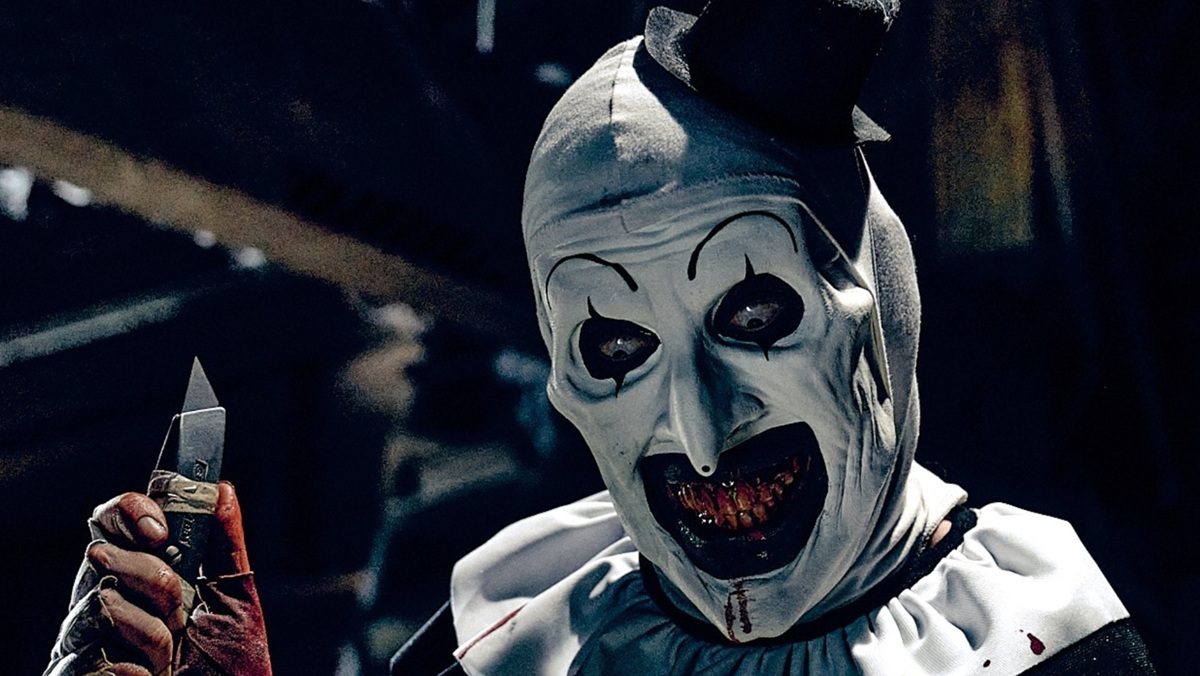
Even though the decade is only halfway through, Art the Clown from the *Terrifier* movies has quickly become a horror icon. He started as a cult favorite with the original low-budget film in 2016, but the sequels released in 2022 and 2024 made him a mainstream pop culture figure. Often compared to a silent Joker, Art’s movies are known for being extremely disturbing. With another film planned and his presence in Universal’s Halloween Horror Nights, the 2020s clearly belong to Art the Clown – at least for now.
Read More
- DOGE PREDICTION. DOGE cryptocurrency
- Calvin Harris Announces India Debut With 2 Shows Across Mumbai and Bangalore in November: How to Attend
- EQT Earnings: Strong Production
- The Relentless Ascent of Broadcom Stock: Why It’s Not Too Late to Jump In
- Docusign’s Theatrical Ascent Amidst Market Farce
- TON PREDICTION. TON cryptocurrency
- HBO Boss Discusses the Possibility of THE PENGUIN Season 2
- Why Rocket Lab Stock Skyrocketed Last Week
- Ultraman Live Stage Show: Kaiju Battles and LED Effects Coming to America This Fall
- The Dividend Maze: VYM and HDV in a Labyrinth of Yield and Diversification
2025-10-08 20:34